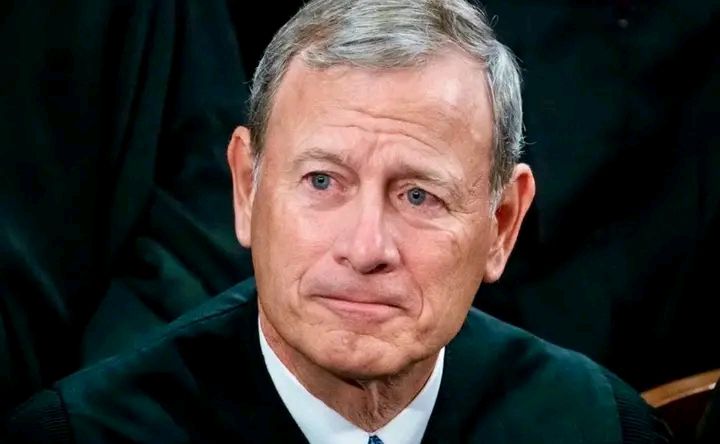Two decades is a long time for anyone to hold power, long enough to change a system from the inside out. In that time, Chief Justice John Roberts has done exactly that. His rulings have quietly redrawn the map of American democracy, tilting the scales of justice in ways that now shape daily life. Many believe that’s how Justice Roberts became the worst justice in US history not because he shouted his opinions, but because he quietly rewrote the rules beneath everyone’s feet.

A Court That Serves Power, Not People
When Roberts took the helm, some hoped he would bring balance and reason to the bench. Instead, what followed was a slow erosion of rights, voting rights, fair elections, campaign finance, even protections for workers and women. Each decision seemed small on its own, but together, they built a wall that keeps ordinary Americans on one side and the powerful on the other.
The Citizens United ruling, for example, opened the floodgates for money in politics. Gerrymandering became almost untouchable. And voting rights? Rolled back in ways that made it harder for minorities and the poor to be heard. Roberts often framed these decisions as “respecting the Constitution.” But in reality, many see them as protecting privilege.
It’s this pattern, calm voice, radical outcome that makes people believe how Justice Roberts became the worst justice in US history isn’t about one case, but about years of quiet dismantling.

The Money Behind the Bench
Author Lisa Graves saw it coming. As a former Senate counsel who studied judicial nominations, she noticed early that Roberts wasn’t just a legal mind, he was a project. His rise, she argues, was powered by a well-funded conservative network determined to reshape the Supreme Court for decades. In her book Without Precedent, she exposes the billionaires and lobby groups that pushed Roberts forward, calling his court “the most politically engineered in American history.”
Graves insists no Supreme Court majority has ever been built with so much “dark money.” If true, that means the Supreme Court, once a symbol of independence has become an investment for the wealthy.
The Public Is Losing Faith
And the people know it. Online, Americans are debating how to fix what Roberts has broken. Some say Supreme Court justices shouldn’t serve for life; they suggest an 18-year term to make the bench more accountable. Others want the public to elect justices directly, believing presidents shouldn’t hold that much influence. There’s a growing sense that the system Roberts oversees no longer serves justice it protects power.
Even those who once defended him now admit that faith in the Court is fading fast. His calm tone and polite rulings can’t hide the chaos they’ve caused in the real world, where inequality grows, rights shrink, and trust in democracy weakens.
The Legacy He Leaves Behind
It’s ironic. Roberts came to the Court promising stability and respect for institutions. But twenty years later, those very institutions are more fragile than ever. His decisions may have been framed as legal reasoning, but their effects look more like political strategy.
So when people say how Justice Roberts became the worst justice in US history, it’s not exaggeration, it’s frustration. It’s the cry of a nation watching its justice system slip away, one polished opinion at a time.

















